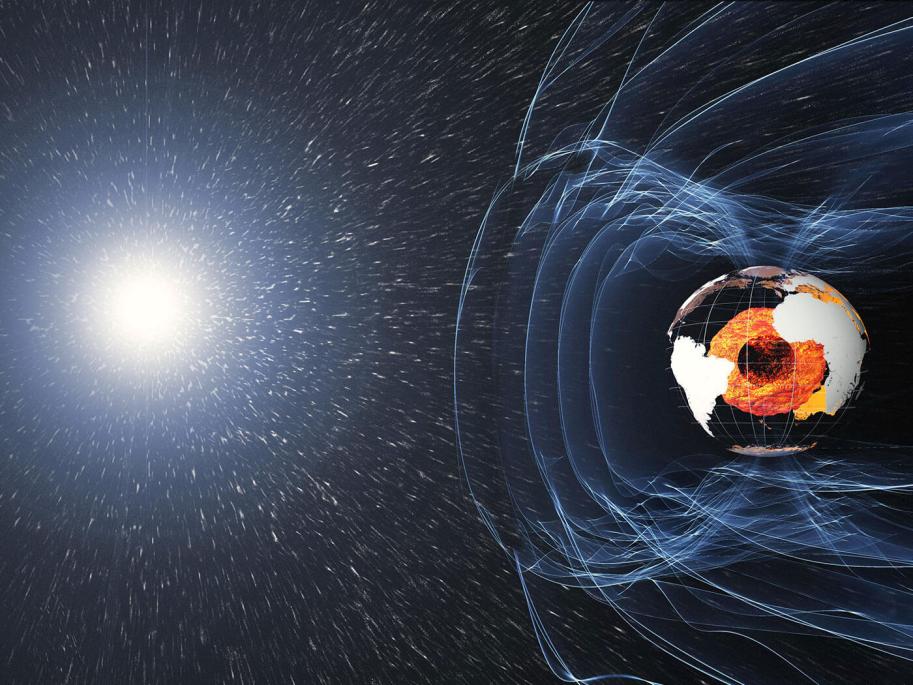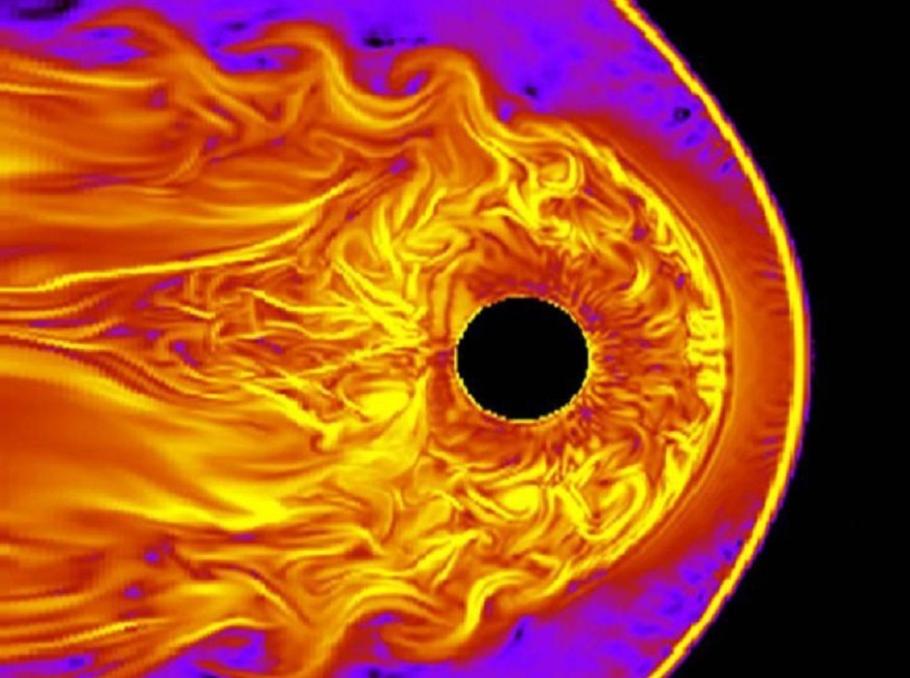Investigating the Impact of Geomagnetic Storms on the Northern Lights: A Study of Auroral Displays
The night sky comes alive with a mesmerizing spectacle of lights, dancing and shimmering in vibrant hues, painting the canvas of the heavens with ethereal beauty. These are the auroras, also known as the Northern Lights, a celestial phenomenon that has captivated humanity for centuries. While their beauty is undeniable, the science behind these displays is equally fascinating, and a recent study delves into the intricate connection between geomagnetic storms and auroral displays.

Geomagnetic Storms: A Symphony of Solar Activity
Geomagnetic storms are disturbances in the Earth's magnetic field caused by the interaction of charged particles from the sun with the Earth's magnetosphere. These storms can range from mild to severe, with the most intense storms capable of disrupting power grids, communications systems, and even satellites.
Auroral Displays: Nature's Light Show
Auroral displays, on the other hand, are natural light displays that occur in the Earth's sky, primarily in the high-latitude regions. These displays are caused by the interaction of charged particles from the solar wind with the Earth's atmosphere, resulting in the emission of light in various colors.
The Intertwined Dance of Storms and Auroras

The connection between geomagnetic storms and auroral displays lies in the intricate interplay of solar activity and the Earth's magnetic field. During geomagnetic storms, the increased flow of charged particles from the sun intensifies the interaction with the Earth's atmosphere, leading to more frequent and intense auroral displays.
Background
A Journey Through Time: Studying Geomagnetic Storms and Auroras
The study of geomagnetic storms and auroral displays has a rich history, dating back centuries. Early observations of these phenomena were made by astronomers and explorers, who marveled at their beauty and sought to understand their origins. In the 19th century, scientists began to unravel the connection between solar activity and geomagnetic storms, laying the foundation for modern research.
The State of Knowledge: Unraveling the Mysteries
Today, our understanding of geomagnetic storms and auroral displays has advanced significantly. Scientists have identified the role of the solar wind, the Earth's magnetic field, and the composition of the atmosphere in shaping these phenomena. However, gaps in our knowledge remain, particularly in understanding the precise mechanisms that trigger auroral displays and the long-term effects of geomagnetic storms on the Earth's environment.
Methods
Gathering the Evidence: Data Collection Methods
The study employed a combination of data collection methods to investigate the impact of geomagnetic storms on auroral displays. These methods included:
- Satellite Observations: Satellites equipped with instruments to measure solar wind parameters, geomagnetic field variations, and auroral emissions were used to collect data from space.
- Ground-Based Observations: Auroral displays were observed from ground-based observatories using specialized cameras and spectrometers to capture images and measure the intensity and color of the lights.
- Historical Records: Historical records of auroral observations and geomagnetic storm data were analyzed to provide a long-term perspective on the relationship between these phenomena.
Unveiling Patterns: Data Analysis Techniques
The collected data was subjected to rigorous analysis using advanced statistical and modeling techniques. These techniques included:
- Correlation Analysis: Correlation analysis was used to determine the strength and direction of the relationship between geomagnetic storm parameters and auroral display characteristics.
- Time Series Analysis: Time series analysis was employed to identify patterns and trends in the occurrence and intensity of auroral displays over time.
- Numerical Modeling: Numerical modeling was used to simulate the interactions between the solar wind, the Earth's magnetic field, and the atmosphere to better understand the mechanisms behind auroral displays.
Results
Unveiling the Secrets: Study Findings
The study yielded significant findings that shed light on the impact of geomagnetic storms on auroral displays:
- Strong Correlation: A strong correlation was found between the intensity of geomagnetic storms and the frequency and intensity of auroral displays.
- Latitudinal Dependence: The study revealed that the latitude at which auroral displays occur is influenced by the strength of the geomagnetic storm, with more intense storms producing auroras at lower latitudes.
- Color Variations: The study also found that the color of auroral displays can vary depending on the composition of the atmosphere and the energy of the charged particles involved.
Discussion
Deciphering the Findings: Interpretation and Implications
The study's findings have important implications for our understanding of geomagnetic storms and auroral displays:
- Space Weather Forecasting: The strong correlation between geomagnetic storms and auroral displays can aid in space weather forecasting, allowing scientists to better predict the occurrence and intensity of auroral displays.
- Atmospheric Interactions: The study highlights the complex interactions between the solar wind, the Earth's magnetic field, and the atmosphere, providing insights into the dynamics of the upper atmosphere.
- Climate Change Impacts: The study suggests that climate change may influence the occurrence and intensity of auroral displays, as changes in atmospheric composition and temperature can affect the interactions between charged particles and the atmosphere.
Uncharted Territories: Directions for Future Research
The study opens up new avenues for future research:
- Detailed Mechanisms: Future research should focus on understanding the detailed mechanisms that trigger auroral displays during geomagnetic storms.
- Long-Term Effects: Investigations into the long-term effects of geomagnetic storms on the Earth's environment, including impacts on ecosystems and human infrastructure, are needed.
- Spacecraft Interactions: Research should also explore the interactions between geomagnetic storms, auroral displays, and spacecraft, as these phenomena can pose risks to satellites and astronauts.
The study on the impact of geomagnetic storms on auroral displays provides valuable insights into the intricate interplay between solar activity, the Earth's magnetic field, and the atmosphere. The findings contribute to our understanding of space weather and its effects on Earth's environment, while also highlighting areas for further research. As we continue to unravel the mysteries of the cosmos, the Northern Lights remain a captivating spectacle that inspires awe and wonder, reminding us of the interconnectedness of our planet with the vastness of space.
YesNo

Leave a Reply